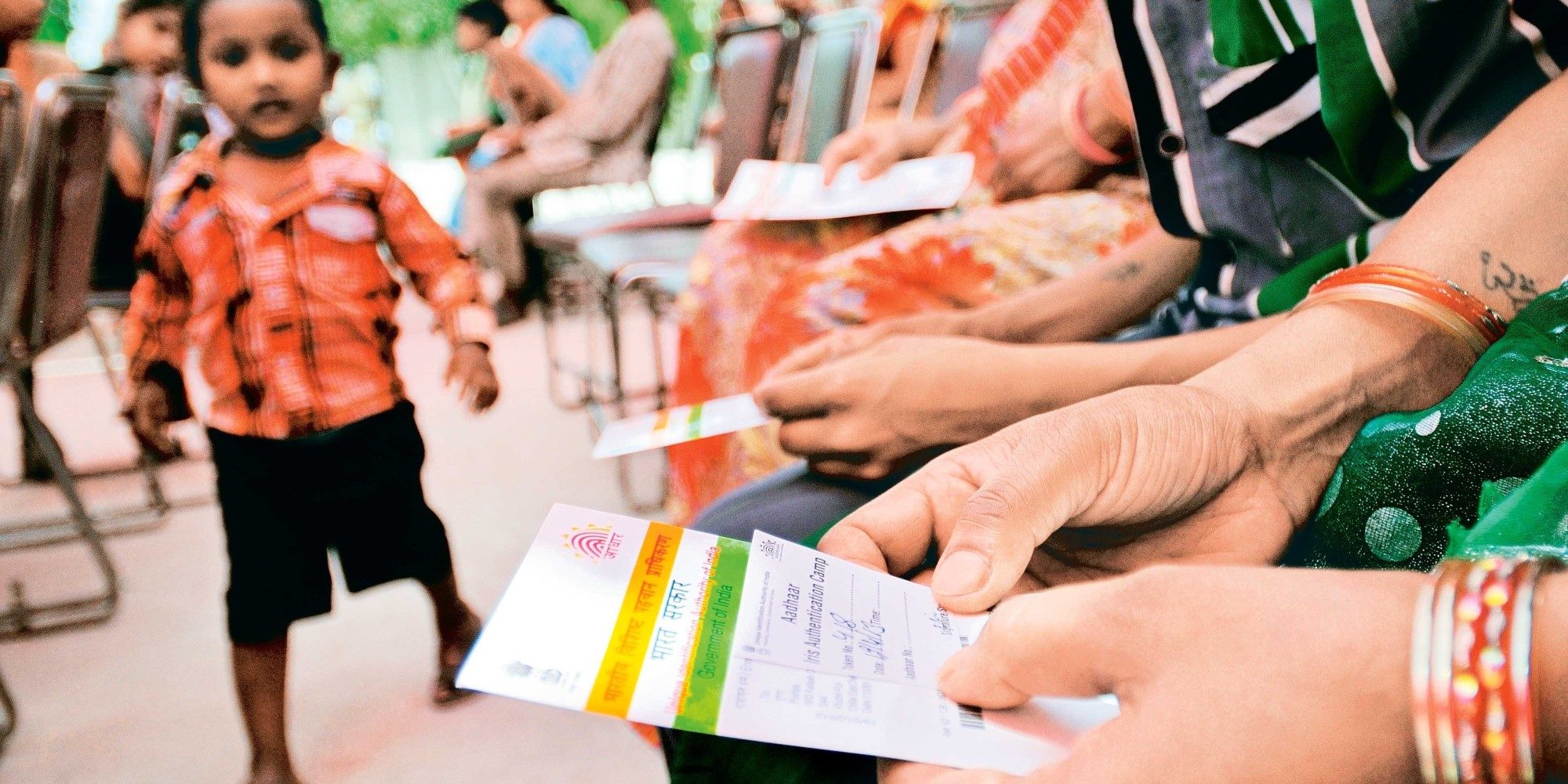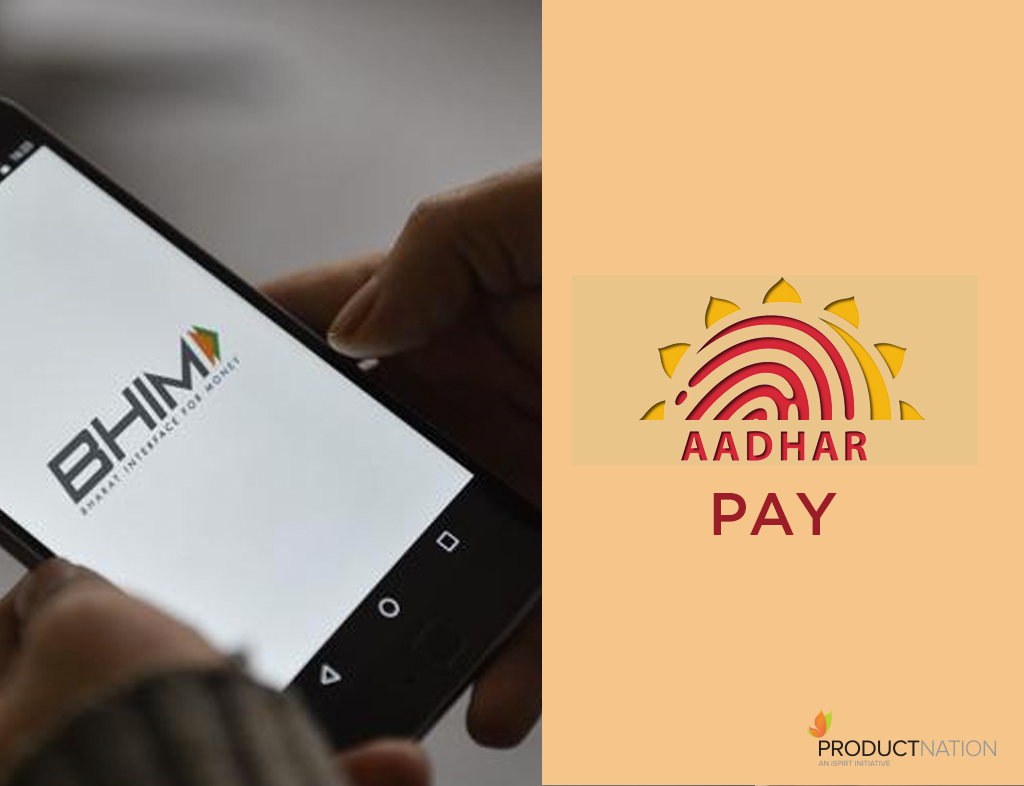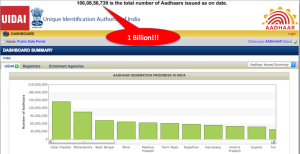The amendment made by way of the Aadhaar and Other Laws (Amendment) Bill, 2018 to the Prevention of Money Laundering Act,2002 gives true effect to the intention of the Hon’ble Supreme Court as set out in their judgment of September 2018.
It is clear from the judgment that the objective was to empower the individual and allow for the resident to be able to uniquely identify herself to avail of every service of her choice while ensuring that there are adequate protections for such use under the force of law.
Aadhaar Act Amendment
This is clearly set out in the now amended Section 4(3) of the Aadhaar (Targeted Delivery of Financial and Other Subsidies, Benefits and Services) Act, 2016 (the “Aadhaar Act”) as follows:
Section 4(3) – Every Aadhaar number holder to establish his identity, may voluntarily use his Aadhaar number in physical or electronic form by way of authentication or offline verification, or in such other form as may be notified, in such manner as may be specified by regulations.
Explanation-For the purposes of this Section, voluntary use of the Aadhaar number by way of authentication means the use of such Aadhaar number only with the informed consent of the Aadhaar number holder.
And further in Section 4(4)-
An entity may be allowed to perform authentication if the Authority is satisfied that the requesting entity is-
- Compliant with such standards of privacy and security as may be specified by regulations; and
- (i) permitted to offer authentication services under the provisions of any other law made by Parliament; or
(ii) seeking authentication for such purpose, as the Central Government in consultation with the Authority and in the interest of the State may prescribe.
With the above amended provisions, it is clarified that (a) the objective is to ensure that the Aadhaar number holder is empowered to establish her identity voluntarily with informed consent (b) Entities that may be permitted to offer authentication services will do so pursuant to a law made by Parliament or by way of Central Government direction in consultation with the UIDAI and in the interest of the State.
PMLA Amendment
The amendment to the Prevention of Money Laundering Act,2002 (the “PMLA”) seeks to give clear direction to the above-enunciated ideas.
The newly inserted Section 11A of the PMLA provides for the manner in which a Reporting Entity may verify the identity of its clients and beneficial owner (conduct KYC). This is by way of offline verification of Aadhaar or where the Reporting Entity is a banking company- online verification of Aadhaar.
However, it is further clarified (in tandem with the aforesaid amendments to the Aadhaar Act) that upon satisfaction of standards of privacy and security, the Central Government may, in consultation with the UIDAI and appropriate regulator provide for online authentication for Reporting Entities other than banking companies.
And it is further explicitly clarified that in the scenarios as contemplated in this provision, nobody will be denied services for not having an Aadhaar number, i.e: ensuring that the presence of Aadhaar number is not mandatory but purely enables and eases the availing of services.
As next steps on this front, distinct Reporting Entities, including NBFCs, Mutual Fund Houses and other financial institutions need to approach the Central Government with requests for access to online Aadhaar authentication services.
Organisations such as DICE would be useful in mobilising groups of different financial institutions in approaching the relevant regulators and Central Government authorities for Aadhaar authentication access.
Saranya Gopinath is the co-founder of DICE (Digital India Collective for Empowerment)- an industry body representation across emerging technology sectors.
She can be reached on saranya@diceindia.org.in






 Nandan shared his views on how they went about building Aadhaar, the teams involved, some challenges faced, how government worked closely with the best technologists, how it scaled, etc. Looking ahead, Nandan also spoke about the JAM Trinity (Jan Dhan Bank Account, Aadhaar Identity & Mobile) as well as IndiaStack the open platform which the basis for a Digital India, and how this will change governance and business engagements with Indians. Nandan discusses the impact of the new Unified Payment Interface by NPCI, as well.
Nandan shared his views on how they went about building Aadhaar, the teams involved, some challenges faced, how government worked closely with the best technologists, how it scaled, etc. Looking ahead, Nandan also spoke about the JAM Trinity (Jan Dhan Bank Account, Aadhaar Identity & Mobile) as well as IndiaStack the open platform which the basis for a Digital India, and how this will change governance and business engagements with Indians. Nandan discusses the impact of the new Unified Payment Interface by NPCI, as well.